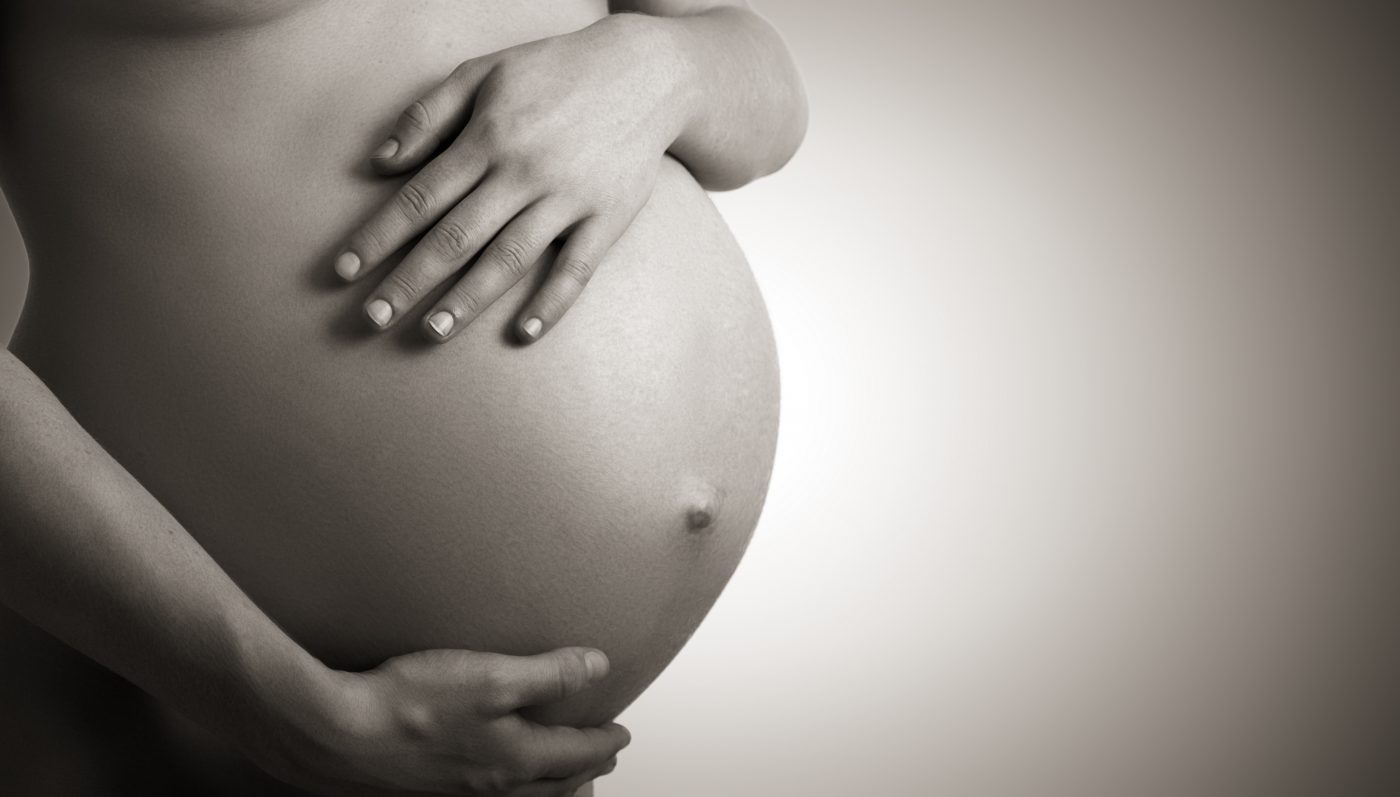Women with endometriosis may have difficulty conceiving, and they often turn to an intrauterine insemination (IUI) program. A variety of medications are used for ovarian stimulation, although it is unknown which is most effective to help subfertile couples. A group of researchers from the Leuven University Fertility Center in Belgium asked the simple question of whether low-dose human menopausal gonadotrophin (hMG, also known as menopur) or clomiphene citrate (CC) was superior in improving the clinical pregnancy rate of women with endometriosis. After conducting a clinical trial, the team determined that low-dose hMG clearly led to higher success rates for conception.
Participants in the trial, “Hormonal Stimulation in IUI Treatment: Is Clomifen Combined With Ethinyl Estradiol Better, Worse or Equal to Menopur,” had been scheduled for IUI, and upon study enrolment they were assigned to receive either low-dose hMG or CC. Over 300 women enrolled, and all had failed to conceive for at least 12 months prior to the study. The primary endpoint was simple: clinical pregnancy.
Ovarian stimulation via subcutaneously delivered low-dose hMG led to a 14.4% clinical pregnancy rate, while orally delivered CC led to a 9.0% pregnancy rate. “This study showed better reproductive outcome after ovarian stimulation with low-dose gonadotrophins,” wrote the researchers. The study results were published in the article, “Low-dose Human Menopausal Gonadotrophin Versus Clomiphene Citrate in Subfertile Couples Treated with Intrauterine Insemination: A Randomized Controlled Trial,” which appeared in the journal Human Reproduction.
Women who receive ovarian stimulation with CC begin taking a tablet every day for five days on the second day of the IUI cycle. Thereafter, they receive a tablet of ethinyl estradiol every day for five days. Alternatively, women who receive low-dose hMG are injected daily on the second day of the IUI cycle.
Since there is a higher success rate for pregnancy, the researchers believe that treatment with low-dose hMG may be more efficient for couples who have difficulty conceiving due to endometriosis. “A health economic analysis of our data is planned to test the hypothesis that ovarian stimulation with low-dose hMG combined with IUI is associated with increased cost-effectiveness when compared with ovarian stimulation with CC,” they wrote. If the treatment is more cost-effective, it may be beneficial for women to receive low-dose hMG when starting an IUI program.

